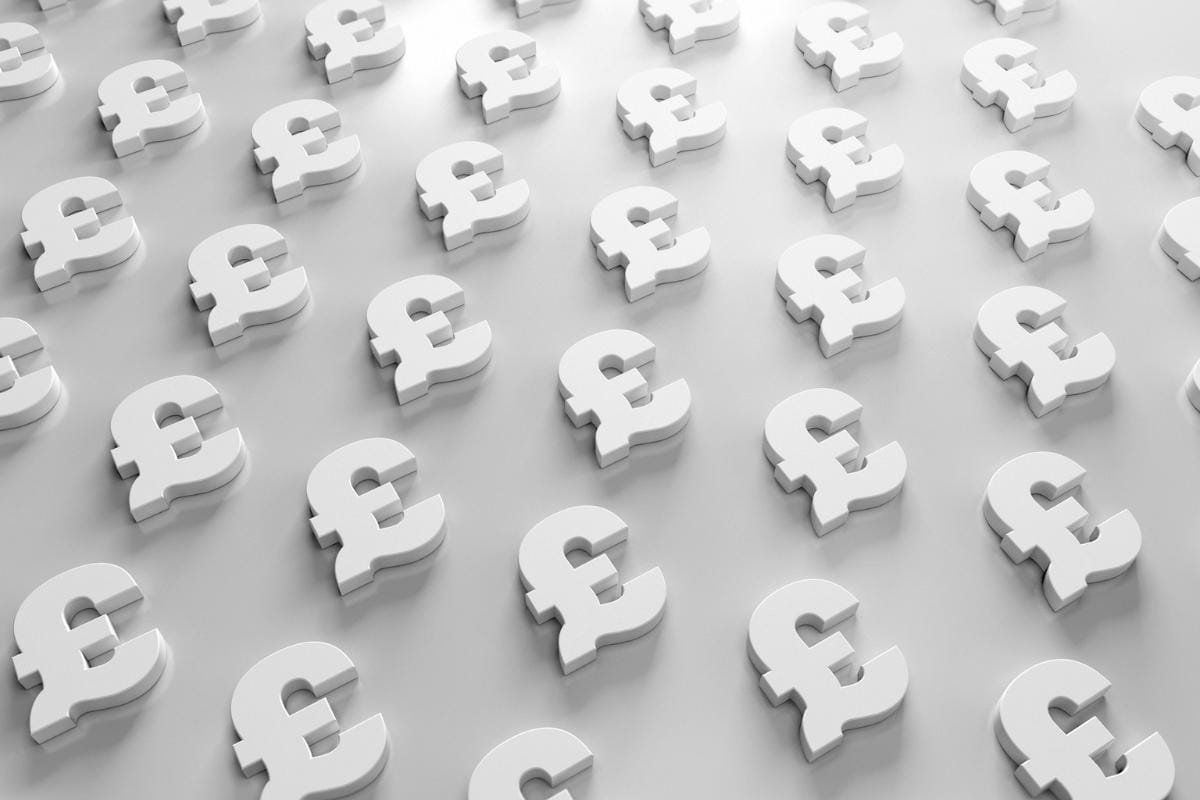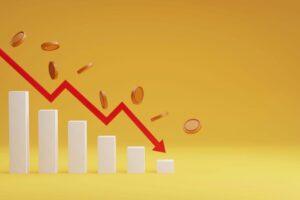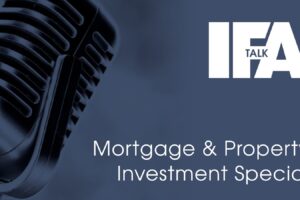Chancellor Rachel Reeves is set to deliver her first – and much anticipated – Budget speech on October 30th. In this light, Hal Cook, senior investment analyst, Hargreaves Lansdown, has been sharing a few multi-asset fund ideas that he suggests might be worthy of some attention given the rumours surrounding possible changes to CGT that might come out of Reeves’ first Autumn Budget later this month.
“We can’t be completely certain how capital gains tax might be altered by the Budget – or if we’ll see any change at all. However, we do know that if there are any tweaks, they’ll be designed to get investors to pay more of this tax. It’s widely understood that investors should make best use of tax-efficient vehicles like ISAs or SIPPs. However, using multi-asset funds can also help.
Combining a few multi-asset funds is a great way for investors to create a diversified core to their portfolio. Other investments can be added around the edge to provide specific exposures.
Investing the core of a portfolio into multi-asset funds means investors will have to make fewer changes over time and less trading means fewer realised gains and losses, which makes it easier to manage CGT liabilities.
3 particular multi-asset fund ideas that Hal has identified are as follows:
- Troy Trojan
Sebastian Lyon and Charlotte Younge like to keep things simple. Rather than trying to shoot the lights out, the fund aims to grow investors’ money steadily over the long run, while limiting losses when markets fall.
The fund invests in shares, bonds and gold. The amount invested in shares and bonds varies depending on the managers’ views about the wider economy and what they think will perform best. The amount invested in gold is usually around 10% and has been a consistent part of the fund over time.
We think the fund could form the foundation of a broad investment portfolio, bring some stability to a more adventurous portfolio, or provide some long-term growth potential to a more conservative portfolio.
2. Baillie Gifford Sustainable Income
We think the Baillie Gifford Sustainable Income fund is a good option for investors who require income and are prepared to take the risks associated with investing in shares.
Its ‘neutral’ asset allocation includes around a third invested in shares, a third in infrastructure and property, and another third in bonds. The investments in infrastructure and property are usually through investment companies,
We think the fund could provide a foundation to a broader investment portfolio. It could also provide diversification to a portfolio focused on growth or provide some growth potential to a more conservative portfolio.
3. BNY Mellon Multi-Asset Balanced
The manager of this fund, Simon Nichols, has over 25 years’ experience in the investment industry. He invests in shares, bonds, and cash, but with a focus on shares. The typical asset allocation for this fund is around 75% in shares, 20% in bonds and 5% in cash.
The amount invested in shares, alongside the focus on capital growth rather than income, means that this fund tends to be more volatile than other multi-asset funds that are invested with a defensive mindset.”
Fund performance data from HL as outlined in the table below:














![[uns] house of commons, parliament](https://ifamagazine.com/wp-content/uploads/wordpress-popular-posts/788182-featured-300x200.webp)

